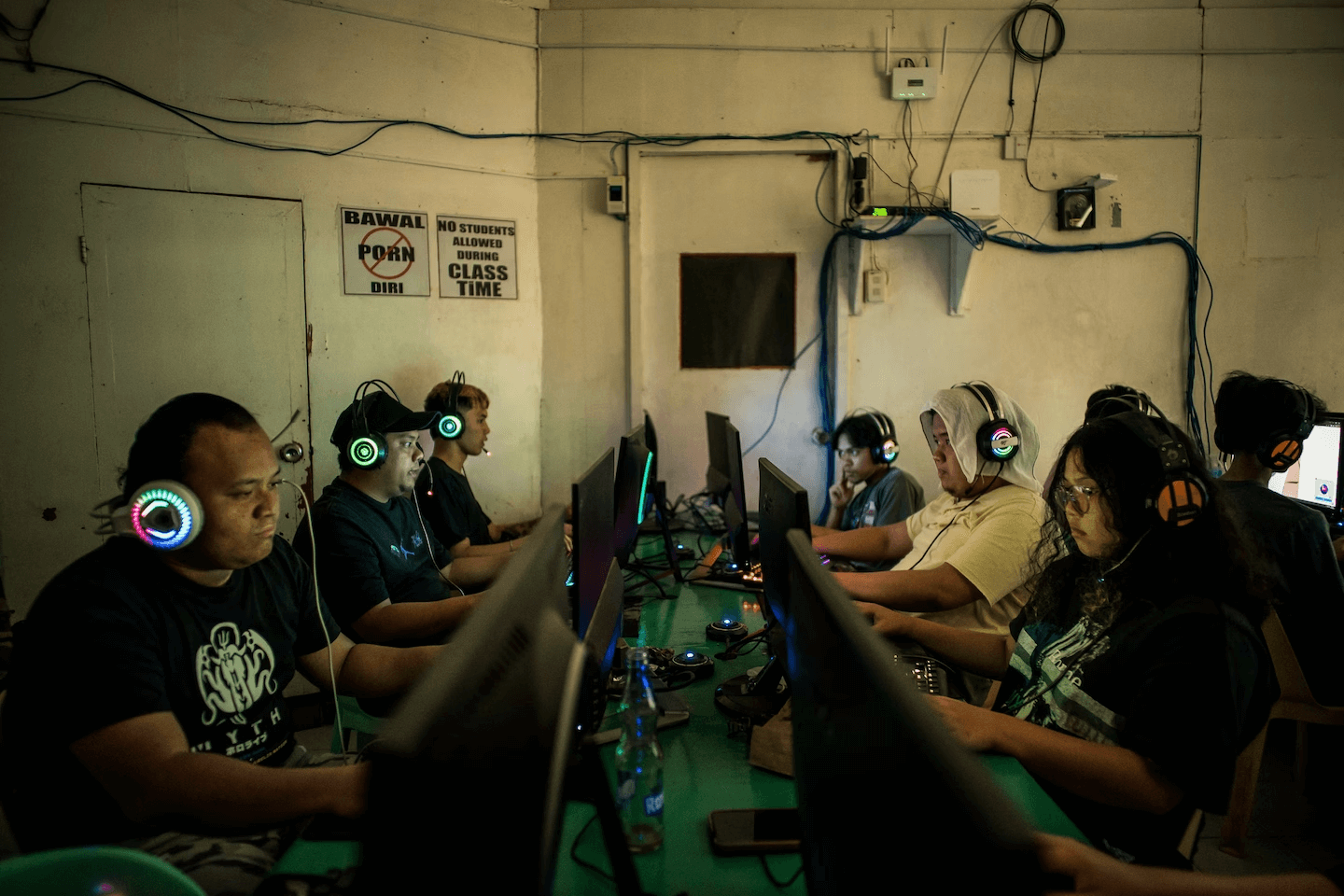Recently, a Chinese KOL was scolded for his gaffe and became the No. 1 hot search, losing nearly 100W of fans, and his image fell into a downward spiral, turning into “208W”. Behind the scolding of the head anchor is the gap between the high income of the influencers and the income of the mass consumers under the prosperity of the influencer economy.
The prosperity of the net red economy in China is obvious to everyone, according to the analysis of the research report “2023-2028 Influencer Economy Industry Market Depth Analysis and Development Strategy Research Report” by Zhongyin Puhua Industry Research Institute: the influencer economy has formed a huge market scale and industrial chain in China, covering a wide range of fields such as live broadcasting e-commerce, short video, social media, and so on. The market scale of China’s Netflix economy reached 1.3 trillion yuan in 2022, with a year-on-year growth of 26.9%; it is expected to exceed 1.6 trillion yuan by 2023, with a year-on-year growth of 23.8%.
Looking at the global influencer economy, like the United States, Japan, these countries influencer economic development is more mature than China, but in the live e-commerce industry, overseas countries are still in the emerging stage of development: there is no head anchor, can’t combine the influence of the netroots and selling goods.
TIKTOK and TIKTOK have launched TIKTOK SHOP in various overseas countries, many Chinese companies want to seize the wind and go to sea to create the next top stream with goods anchor.
In order to create a top streaming KOL to share the dividends, it is necessary for enterprises to find a large number of online celebrities from overseas, and determine whether they are the most suitable candidates through the way of project cooperation.
This type of work model, which is usually a short-term, project-based collaboration, is known as a contractor , who signs a service contract with an employer to complete specific tasks or provide specific services, and is generally not entitled to the benefits and insurance provided by the employer.
Contractor helps Chinese enterprises to go overseas
This contractor mode is also a common employment program for Chinese enterprises going overseas.
1.Language Translation
Chinese companies going overseas seek to globalize and localize, and language barriers can greatly affect global trade.
According to an article on Sciencedirect.com, a 10% increase in the Language Barrier Index (LBI) can result in a 7% to 10% decrease in trade between countries. Figures released by the UK government show that the lack of these critical language skills in businesses costs the UK economy nearly £50 billion ($63 billion) in lost taxable income each year, or 3.5% of GDP.
However, except for the financially strong head manufacturers that can cultivate their own complete localized translation teams, considering the capital and labor costs, most overseas enterprises still rely on the contractor model for localized translation. Contractor mode of cooperation is commonplace in the language translation industry, even in the popular AIGC industry.
While many companies choose to cut costs even further by using AI tools directly for localized translation. But any AI tool such as ChatGPT, its performance is better in English and Spanish because there is enough training data. But in the lesser-used “low-resource” languages on the Internet, more contractors need to be recruited to train the machines because there is not enough training data in the training pool. For example, Scale AI, one of Silicon Valley’s most prominent training data companies, is currently hiring nearly 60 contractors in dozens of languages, including Hausa, Punjabi, Thai, Lithuanian, Farsi, Xhosa, Catalan, and Zulu, among others.
2.Influencer Economy
When it comes to brand promotion abroad, influencer marketing seems to be crucial. According to Influencer MarketingHub2023benchmark, 23% of the surveyed brands will spend more than 40% of their marketing budget on Netflix activities, and more than 11% of the brands will spend more than 500,000 USD on influencer marketing.
For Chinese companies, influencer marketing is also essential for overseas marketing. Chinese overseas companies with overseas netizen demand will implement netizen marketing campaigns by cooperating with MCNs or agencies. In the article “How to solve the problem of “not getting along” with local employees when Chinese enterprises go overseas?“ PayInOne wrote that Chinese companies going overseas directly set up local MCN companies to develop their own influencer resources. However, as a third party, agency is more flexible and can match the netizens according to the different needs of different projects of different parties, and this kind of project-based cooperation is more suitable for cooperation in the form of contractors.
At the same time, because of the different needs, it also led to differences in the settlement with influencer, the general situation of the netroots marketing settlement:
- Fixed price(based on the price of one video/tweet with influencer)
- CPM settlement (agreed with influencer, the video playback volume in XX days to reach XX playback volume, Party A will pay XXX)
- Commission settlement (influencer takes X% commission when consumers place orders through influencer’s exclusive links/discount coupons)
3.Offline Activities
In addition to online promotions on social media, offline promotions are equally important. Take the example of Chinese cell phones going overseas to Indonesia: because Indonesian operators do not have the strong position of China’s three major operators (it is estimated that only 10-15% of cell phone service sales come from operators’ direct sales force, and the rest of the sales are done through dealers and cell phone distributors), major cell phone manufacturers going overseas to Indonesia need to actively cooperate with retailers. Considering the cost of labor for companies, the hiring solution to this phased need for a large number of ground pushers is the contractor.
How is payroll secured under the contractor model?
1.Pay-as-you-go is restricted
Due to the different settlement methods in the netroots industry, brands are faced with high-frequency payments. In this process, cross-border payment involves currency conversion, handling a large number of netroots payroll bills, etc., which will affect the cooperation between brands and netroots at any time.
At the same time, many labor outsourcing companies often experience payroll delays when working with contractors because of the long process cycle.
According to a recent Washington Post report, Remotasks, the labor contracting subsidiary of the aforementioned Scale AI, often withholds or delays payments to Filipino workers. And at least 10,000 employees in the Philippines, one of the world’s largest destinations for outsourced digital work, work through Remotasks on related AI jobs. A report published in July by Fairwork, an odd-job labor research group, gave Remotasks a score of 1 out of 10, saying the platform failed to meet minimum standards for fair pay and fair contracts.

(Photo By Washington Post)
2.One-stop solution for employment compliance and payroll management
Traditional human resource outsourcing companies are not allowed to pay salaries on time due to long processes and error-prone labor. PayInOne, as a global employment and payroll SaaS platform, replaces manual labor with a system that automates accounting and ensures on-time payroll.
At the same time, PayInOne offers pay-as-you-go contracts, where companies pay independent contractors for their work by the hour, day, or project within an agreed upon timeframe, which can be instantly billed through the use of API docking, which transmits information such as the contractor’s name and the amount of payment. Under this model, companies only pay for actual hours worked or tasks actually completed on a project, with no fixed employment or management costs. At the same time, this model reduces the intermediate links, reduces the handling fees and delays in the payment process, and maximizes the protection of enterprises to conduct business quickly.
Importantly, PayInOne will soon be launching a new contractor-side PayInOne Card service, which offers a faster arrival time and a simpler process than traditional bank accounts. When employees choose PayInOne Card, they can make multiple withdrawals. This change will give users more flexibility and further enhance the PayInOne experience.
Please look forward to the PayInOne Card on the contractor/employee side!
